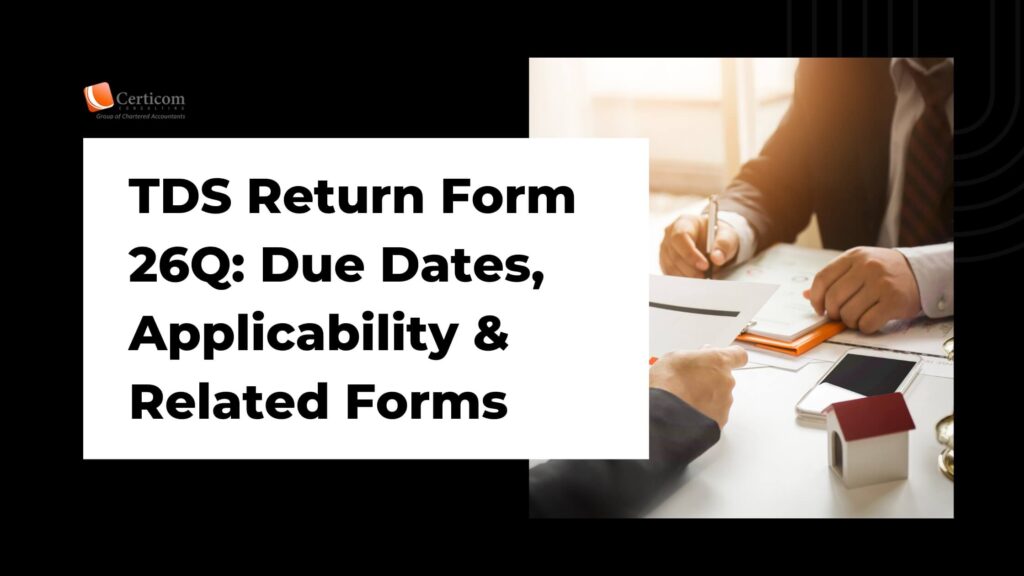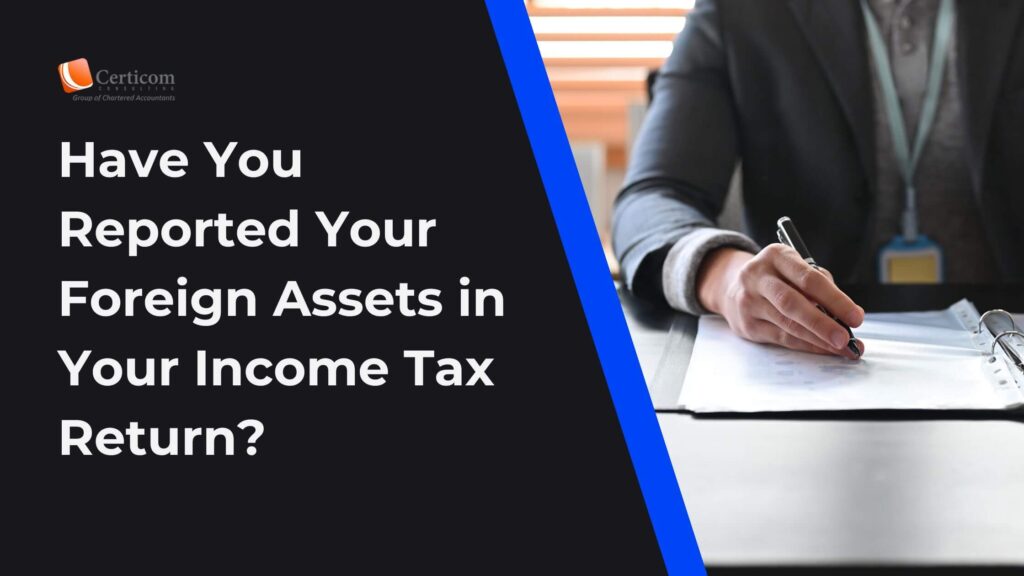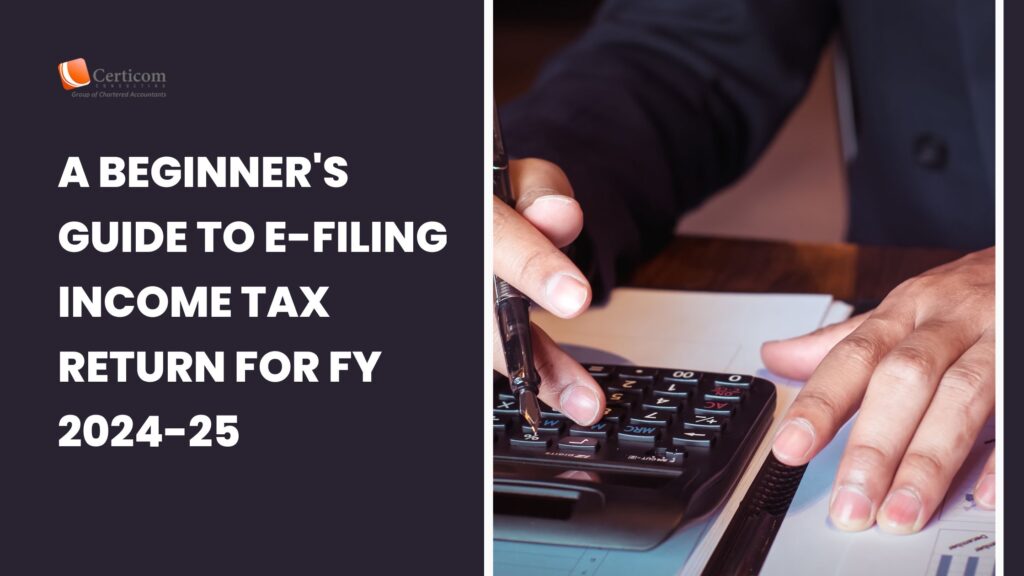CALCULATION OF HRA EXEMPTION UNDER SECTION 10(13A) OF INCOME TAX ACT, 1961
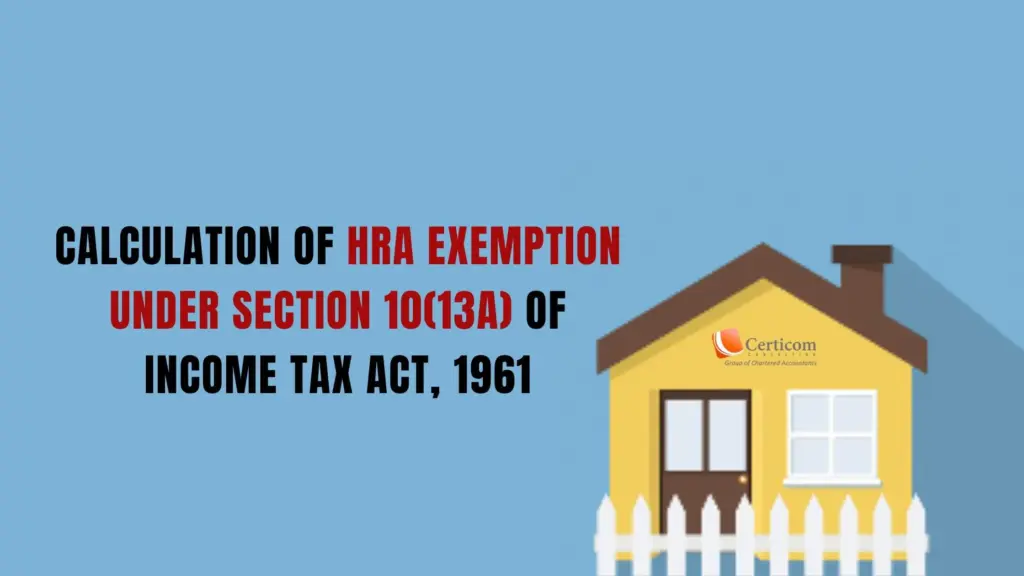
House Rent Allowance (HRA)
House Rent Allowance, generally known as HRA, is an allowance given by most of the employers to its employees to met their rent expenses. However the allowance is considered as taxable allowance under the Income tax Act, 1961 but employees can claim deduction for the said allowance under section 10(13A) of the Income tax Act, 1961 subject to certain conditions which is inter-alia as follows:
1. The employee must be salaried individual.
2. The employee must be paying rent for a residential accommodation.
3. The employee must not own any residential accommodation in the place where they are currently residing.
4. The employee must have proof of rent payment, such as rent receipts or a rental agreement.
5. The deduction can only be claimed for the current financial year.
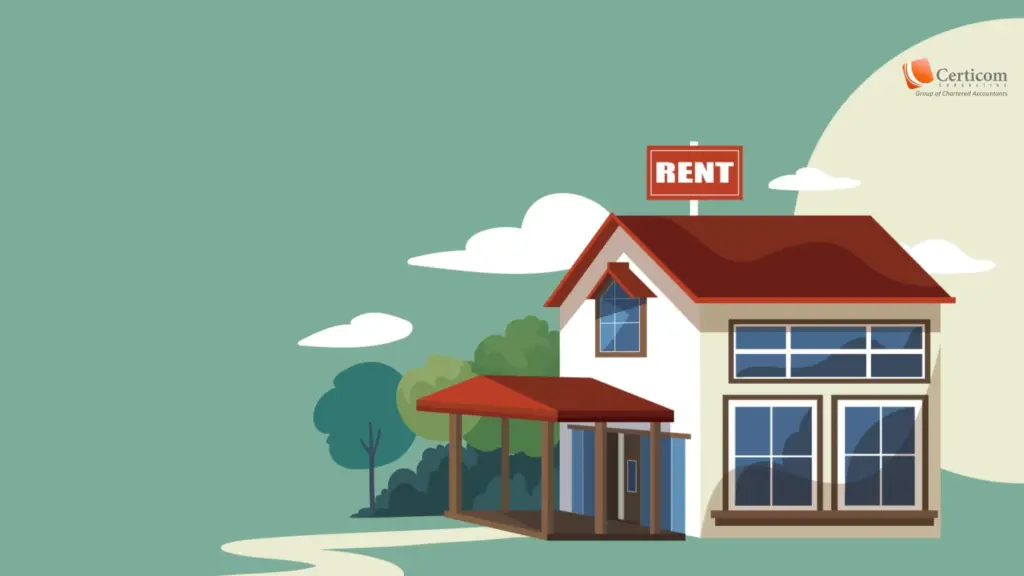
6. The deduction cannot be claimed if the employee is also claiming a deduction for rent under Section 80GG.
If you meet all of the above conditions, you can claim House Rent Allowance exemptions by filing your income tax return (ITR)
The amount of House Rent Allowance (HRA) that can be claimed as a deduction depends on the city in which the employee lives. For employees living in metro cities (Mumbai, Delhi, Kolkata, and Chennai), the maximum amount of House Rent Allowance (HRA) that can be claimed as a deduction is 50% of their salary. For employees living in non-metro cities, the maximum amount of House Rent Allowance (HRA) that can be claimed as a deduction is 40% of their salary. However the deduction is further restricted to least of the following:
1. Actual HRA Received.
2. Rent Paid reduced by 10% of salary.
For those employees who did not get any House Rent Allowance can claim the deduction for the rent paid by them under section 80GG subject to certain conditions
Now lets understand it by an example:
Mr. Vinod of Delhi is an salaried individual and getting basic salary of 30,000 per month, DA 10% of basic salary out which 50% of DA forms part of retirement benefits, HRA of 8,000 per month, bonus 10,000 every year and commission which is 1% of total turnover. The turnover of the company was 1.5 crores. He pays rent of 12,000 per month.
1. Basic Salary = 30,000 * 12 = 3,60,000
2. Dearness Allowance = 10% of Basic Salary = 36,000 (out of which 50% in terms of retirement benefits)
3. HRA received = 8,000 * 12 = 96,000
4. Commission = 1% of 1,50,00,000 = 1,50,000
5. Rent Paid = 12,000 * 12 = 1,44,000
Salary for the purpose of above example is basic salary, DA in terms of retirement benefits, commission fixed percentage of turnover i.e., 3,60,000 + (36,000/2) + 1,50,000 = 5,28,000
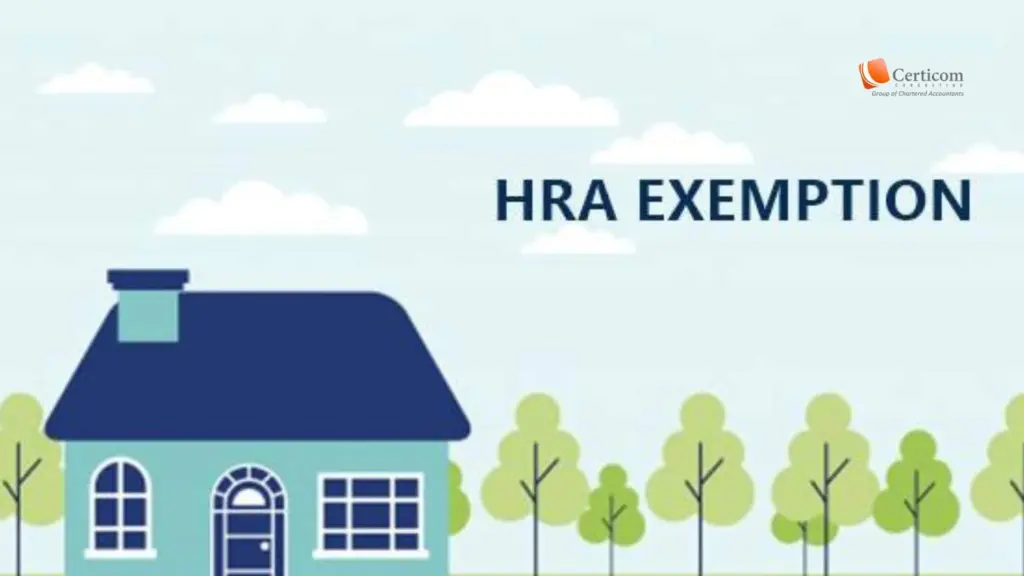
Least of the following is exempt u/s 10(13A)
1. Actual HRA Received i.e., 96,000
2. Rent paid reduced by 10% of salary i.e., 91,200 {1,44,000 – (5,28,000 * 10%)}
3. 50%* of salary i.e., 2,64,000
Read More: Taxation Laws for Non Resident Indian (NRIs) + Non-Residents (NRs) in India
91,200 being least of the above is exempt u/s 10(13A), therefore the taxable HRA is *50% is because he is living in metro city otherwise 40% will be exempt for non-metro cities.
Related Post
Have You Reported Your Foreign Assets in Your Income Tax Return?
A Beginner’s Guide to E-Filing Income Tax Return for FY 2024-25
Book A One To One Consultation Now For FREE
How can we help? *


